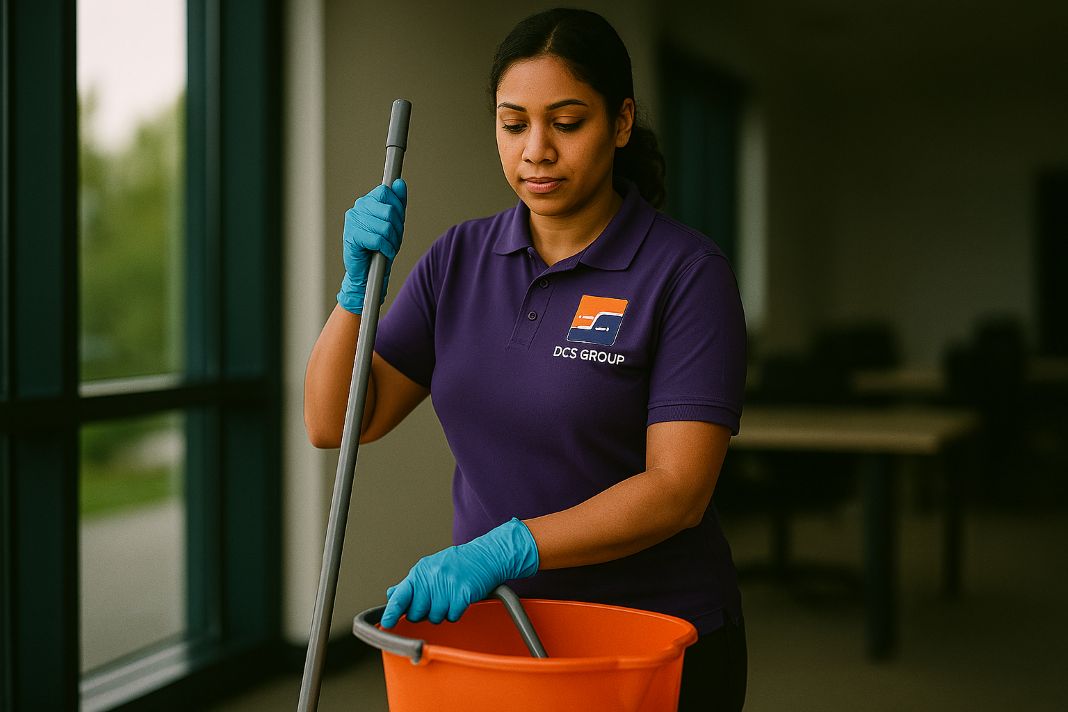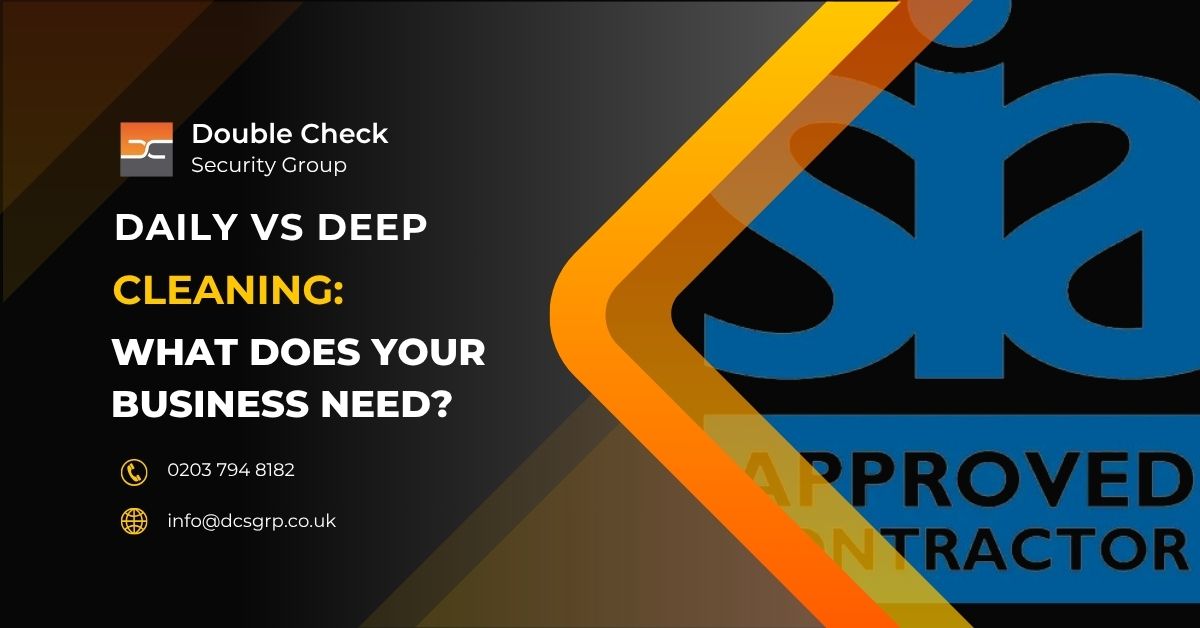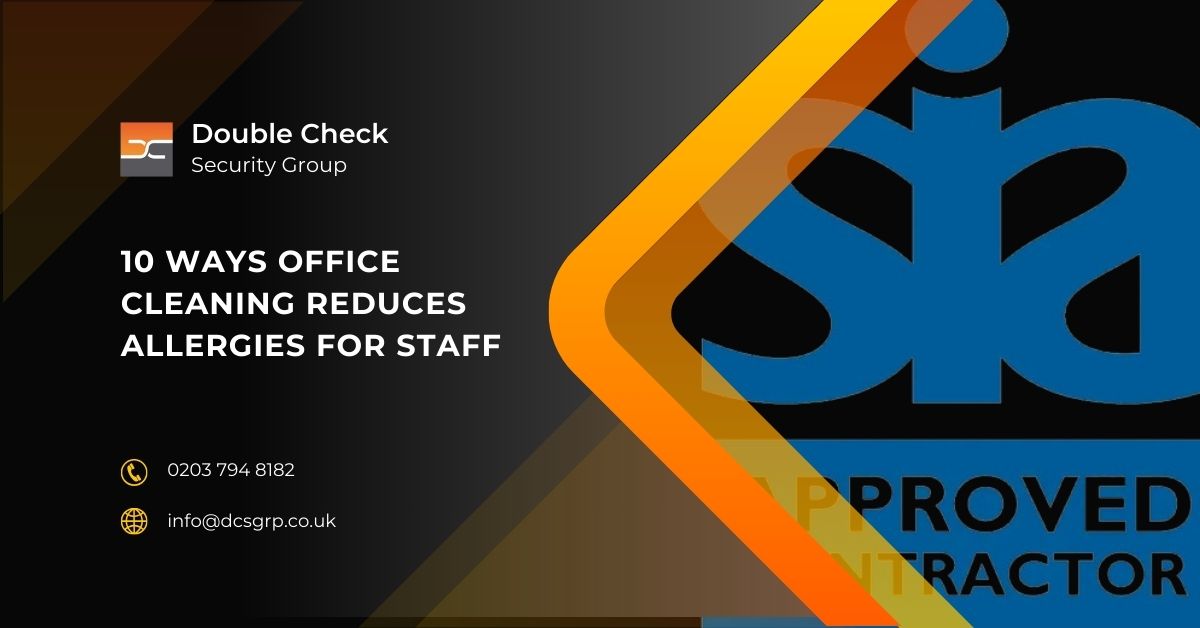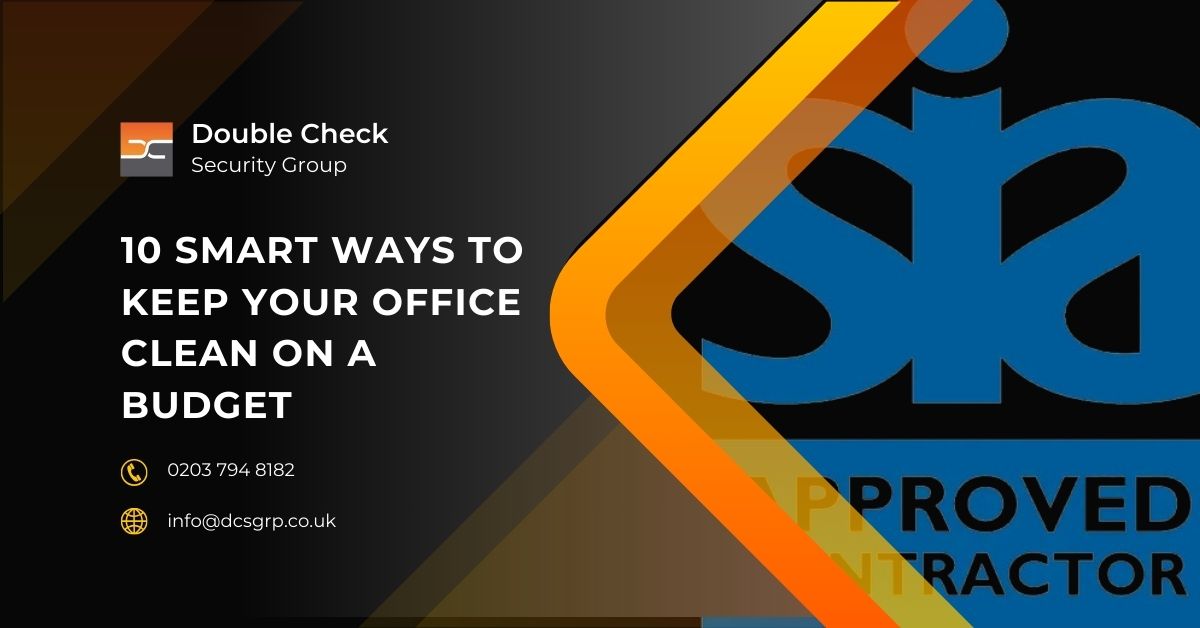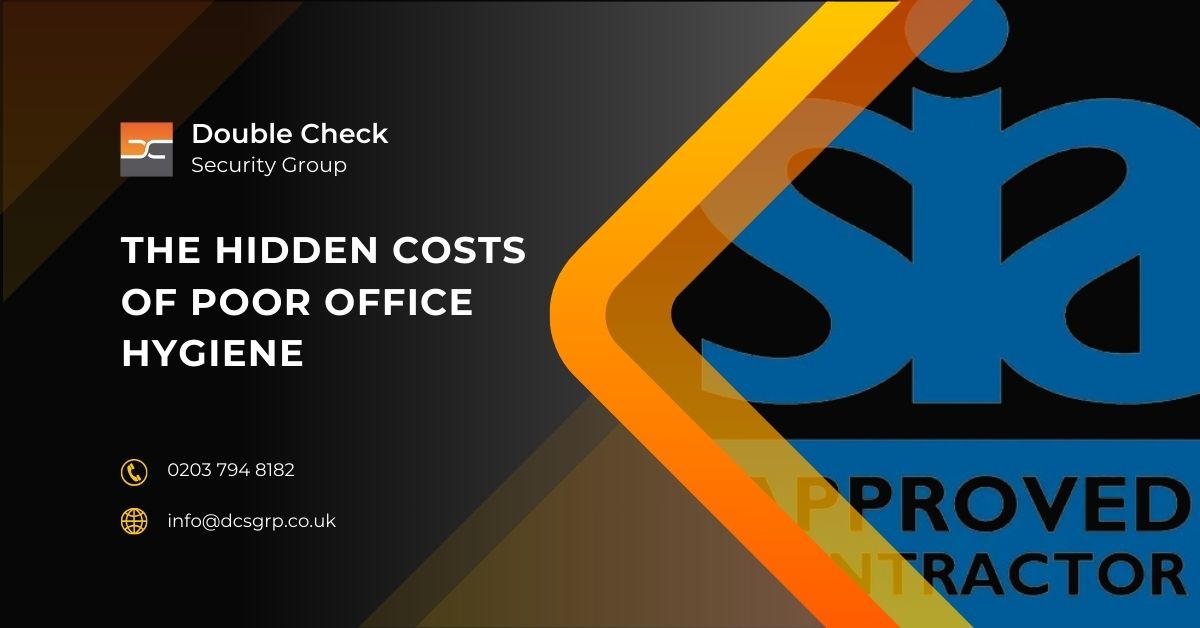What is the difference between daily and deep cleaning services for businesses?
Daily cleaning handles regular upkeep like wiping worktops, emptying bins, and sanitising touchpoints. These janitorial services maintain visual upkeep and workplace safety. Deep cleaning, by contrast, tackles built up grime in areas like vents, carpets, and behind furniture, using commercial-grade sanitisation techniques. The right option depends on your building’s usage, foot traffic, and hygiene requirements.
For more on the importance of regular office upkeep, see the health and safety executives guidance for welfare at work.
Clean Impressions: Why the Right Cleaning Strategy Shapes Business Success
A client once noticed dusty lighting in a reception area and chose not to work with that business. The office seemed clean otherwise, but the detail left a lasting impression.
Even small signs of neglect such as smudged windows or dusty corners can damage your brand. A clean workplace reassures visitors and supports customer retention by creating a trustworthy impression.
Staying in line with OSHA and CDC advice helps reduce legal risks and promotes a healthier workspace. A reliable cleaning programme shows customers and staff that you care while helping with liability prevention and regulatory hygiene.
Daily Cleaning: The Foundation of Functional Cleanliness
Daily services help maintain a fresh, professional appearance. Typical tasks include:
-
Wiping desks and handles
-
Cleaning washrooms and topping up supplies
-
Vacuuming or mopping main areas
-
Removing rubbish and recycling
Some workplaces need this service once a day. Busy shops and shared offices may need more frequent cleaning to maintain standards.
Daily cleaning supports visual upkeep, workplace cleanliness, and staff safety. These recurring commercial cleaning routines follow disinfecting protocols to ensure a healthy environment.
Explore how to build your own daily cleaning checklist for retail spaces.
Pro Tip:Regularly audit your high-touch areas like keyboards, door handles and coffee machines to decide if daily sanitisation protocols are effective or need enhancing
Customise Your Cleaning Package
Build a tailored maintenance schedule that blends daily upkeep and deep cleans as needed.
Deep Cleaning: The Hidden Reset Button
Deep cleaning covers the areas that regular routines miss. It’s useful for improving hygiene and air quality.
Services often include:
-
Vent and duct cleaning with HEPA filters
-
Dusting ledges and light fittings
-
Cleaning behind large furniture using commercial-grade tools
This type of clean is often used after illness, renovations, or in seasonal transitions. A business deep cleaning service helps with allergen removal, grime buildup, and long term maintenance.

Which One Do You Actually Need?
Think about your sector and how much foot traffic your business gets.
Cleaning Needs by Sector:
-
Offices: Daily cleaning with deep service every few months
-
Retail: Daily upkeep and seasonal deep cleaning
-
Healthcare: Daily and weekly deep cleaning, as required by law
-
Hospitality: Daily cleaning with monthly attention to kitchens and rooms
Try this approach:
Are you in a regulated industry? → Yes: Use both daily and deep services regularly
Do you get frequent visitors? → Yes: Schedule daily tasks and deep cleaning every quarter → No: Keep up light daily tasks and deep clean every six months
Need help structuring your decision? Call us to speak about our cleaning matrix for UK businesses.
Pro Tip: Track absenteeism trends as an uptick in sick days may flag the need to schedule more frequent deep cleaning sessions to tackle allergens or hidden contaminants.
Explore Our Daily Cleaning Plans
Learn how our daily routines maintain a sharp, hygienic workspace with minimal disruption.
Budgeting & ROI: What Cleanliness Really Costs (and Saves)
Cleaning costs vary on an hourly, per square foot, or monthly basis. While deep cleaning costs more up front, it can prevent costly problems later.
Ongoing maintenance protects your flooring, reduces sick days, and shows customers you run a tidy operation. You spend less over time by looking after assets and avoiding emergency fixes.
A regular £400 investment in deep cleaning may save thousands in lost hours or repairs. This approach ensures hygiene ROI and minimises unnecessary overhead.
Service Blending: How Smart Businesses Combine Daily & Deep
Combining both types gives you better results. Set a regular schedule that balances day to day upkeep with less frequent, thorough cleaning.
Suggested schedule:
-
Daily: General cleaning and surface care
-
Monthly: One deep cleaning task, such as entranceway or washroom focus
-
Quarterly: Full deep cleaning of carpets, vents, and hidden spots
Your cleaning provider can adjust services depending on how your business operates.
This mixed cleaning plan helps maintain hygiene while reducing disruption.
Example rotation:
-
Week 1: Daily cleaning
-
Week 2: Daily + front of house detail clean
-
Week 3: Daily + staff kitchen deep clean
-
Week 4: Daily + air circulation system service
The Business Owner’s Cleaning Checklist
Check your space with these questions:
Review Your Site:
-
Are main areas always clean?
-
Are there odd smells?
-
Do high shelves or fittings look dusty?
-
Are staff calling in sick more often?
Before Hiring a Vendor:
-
What do their daily and deep services cover?
-
How are the services priced?
-
Do they offer cover when staff are off?
-
Can they change the schedule when needed?
-
Do their methods follow current health advice?
Getting the scope right avoids confusion and keeps service reliable. Strong vendor vetting and service scoping help you choose the right commercial cleaning provider.

